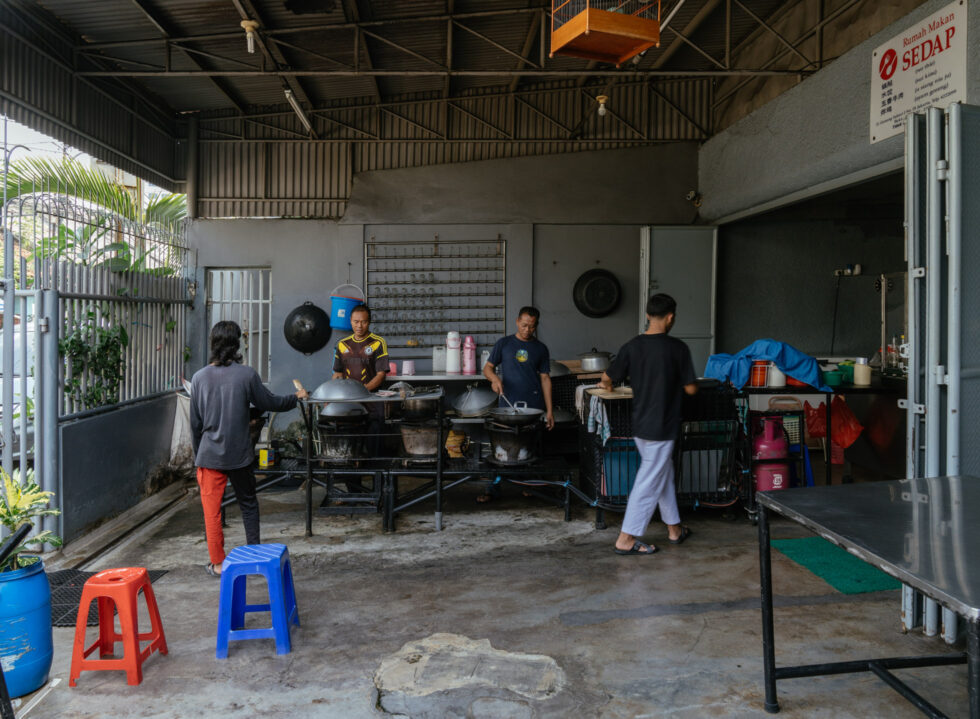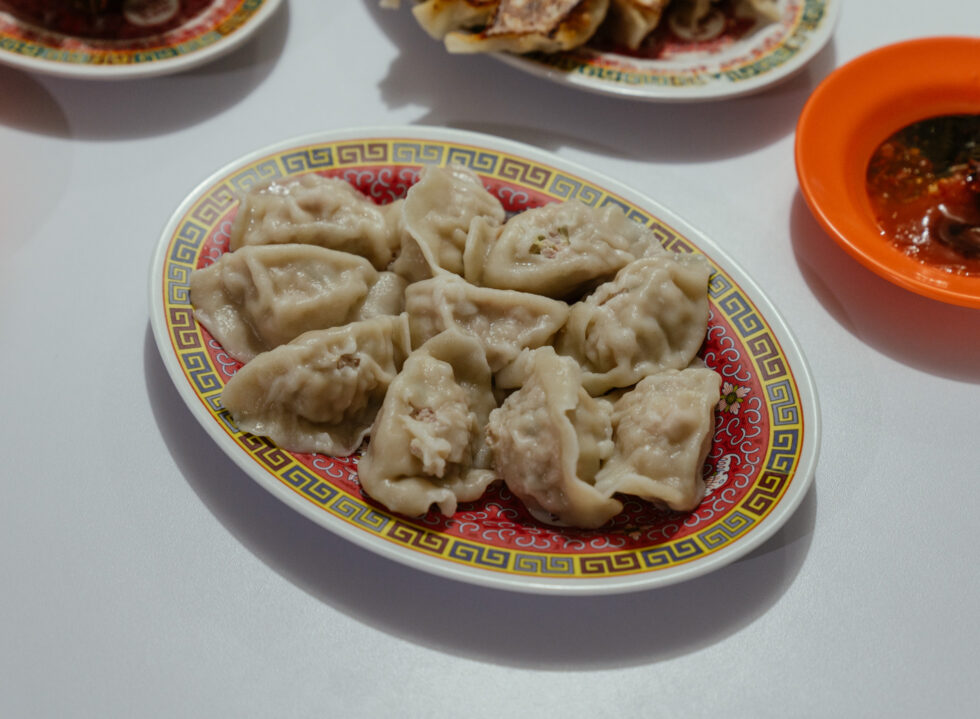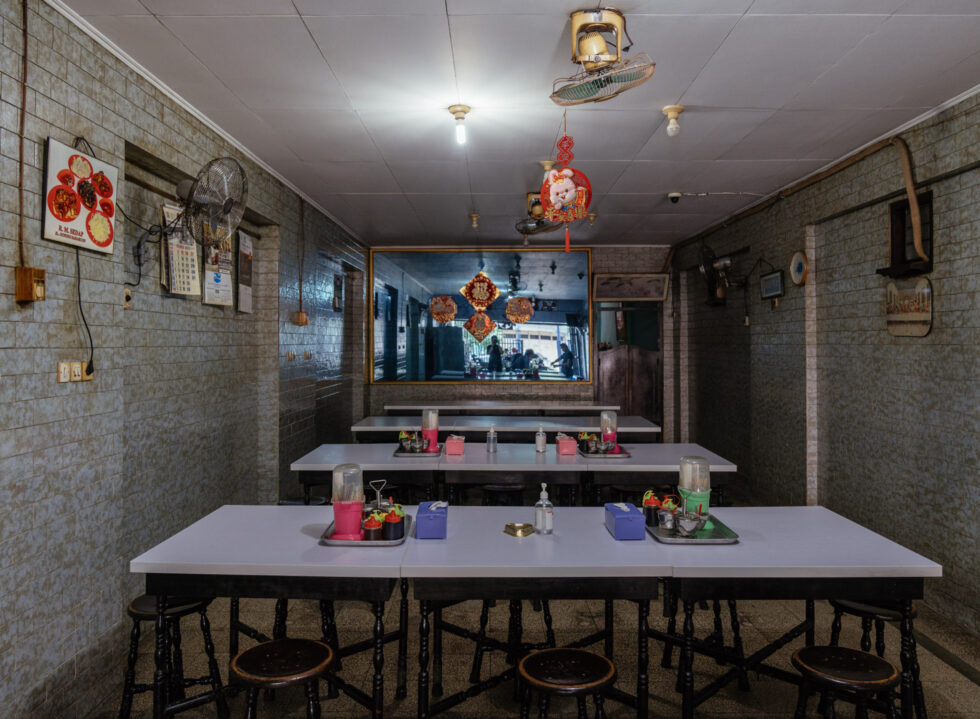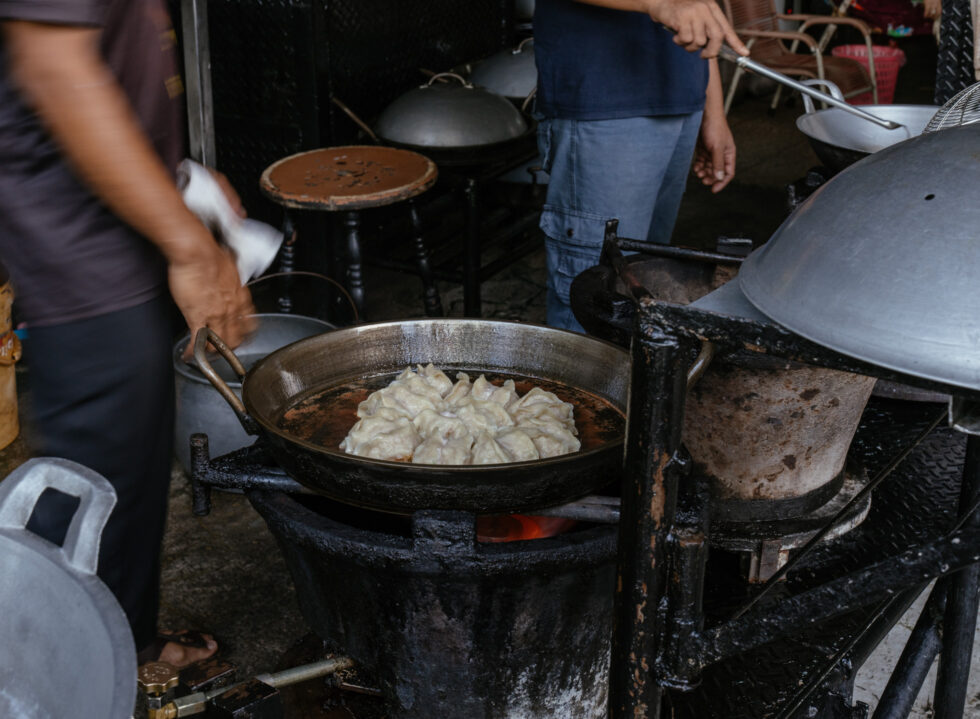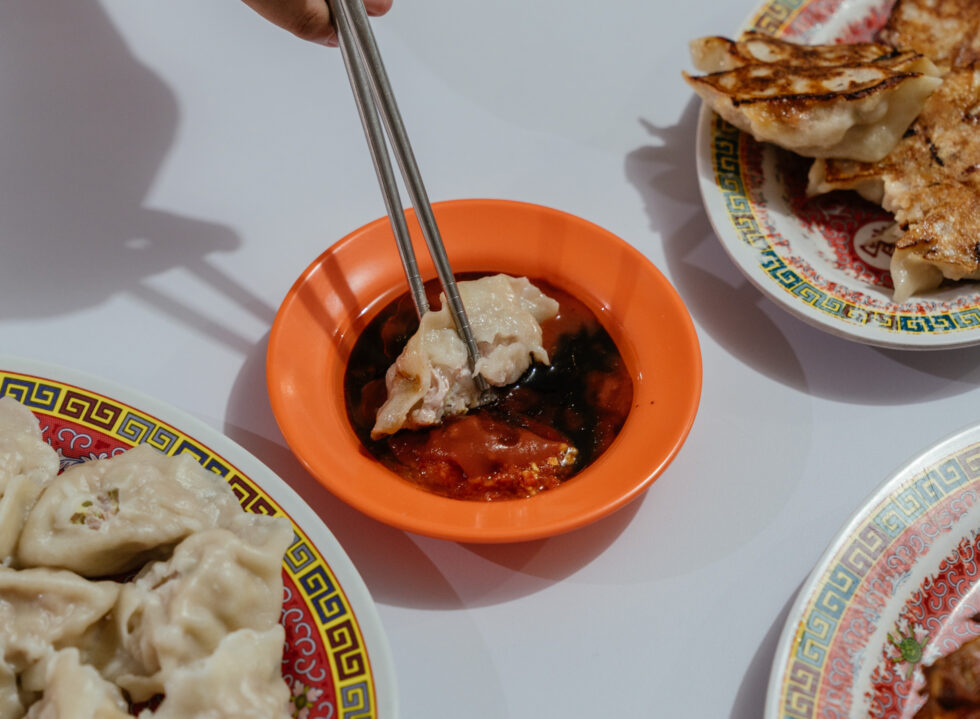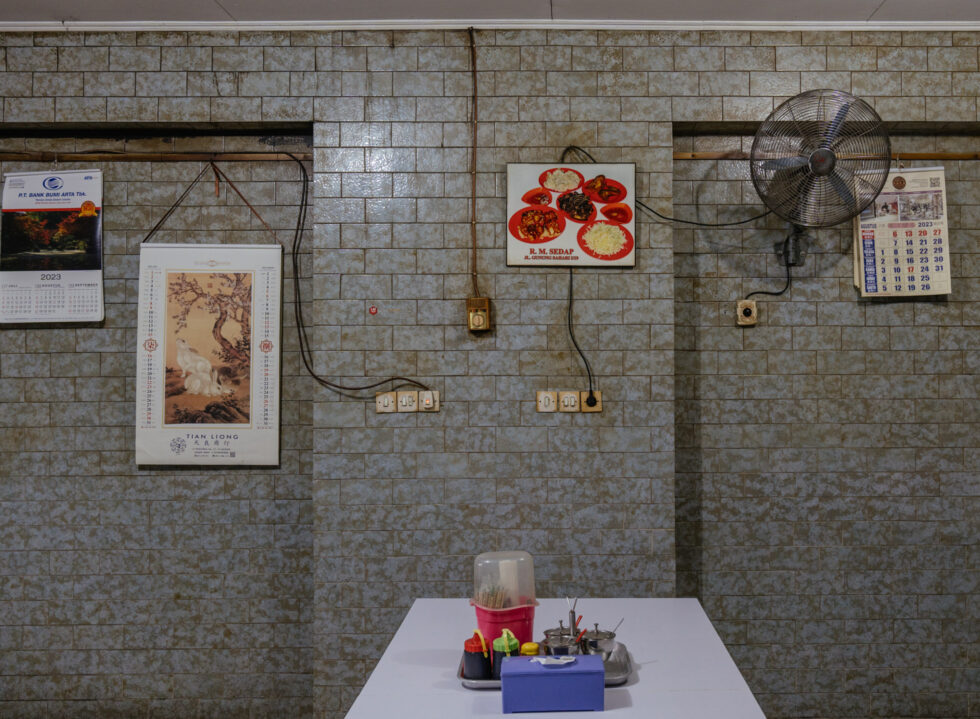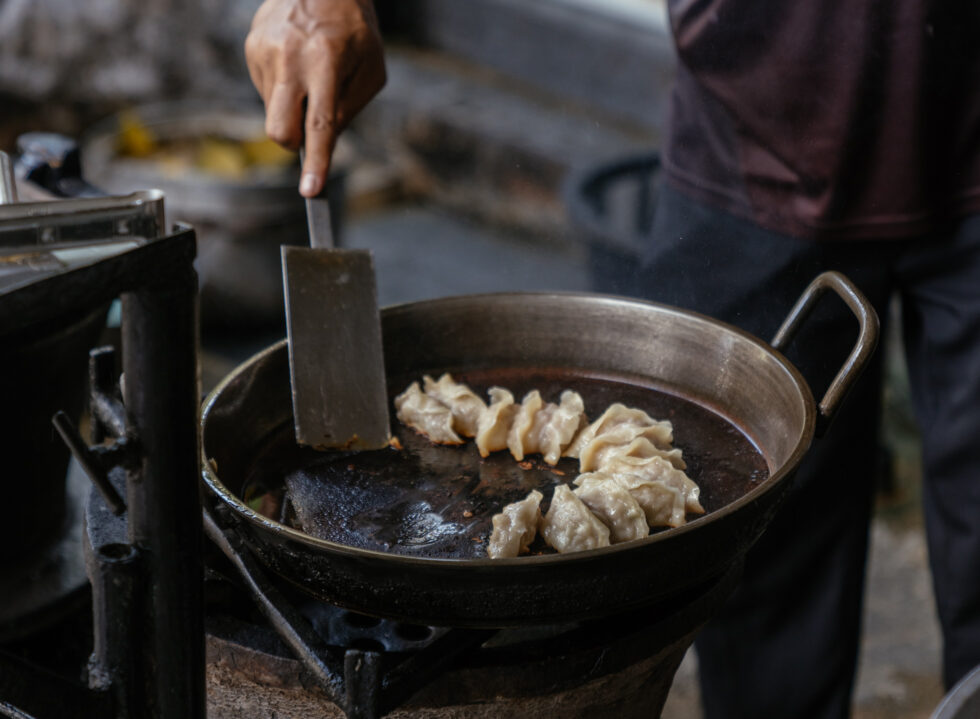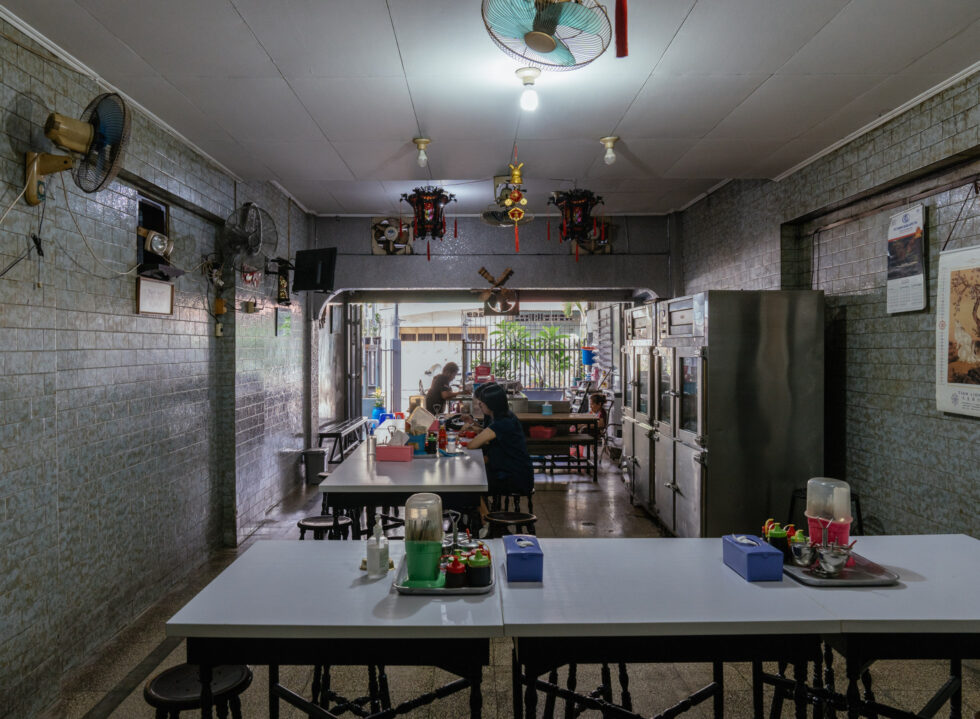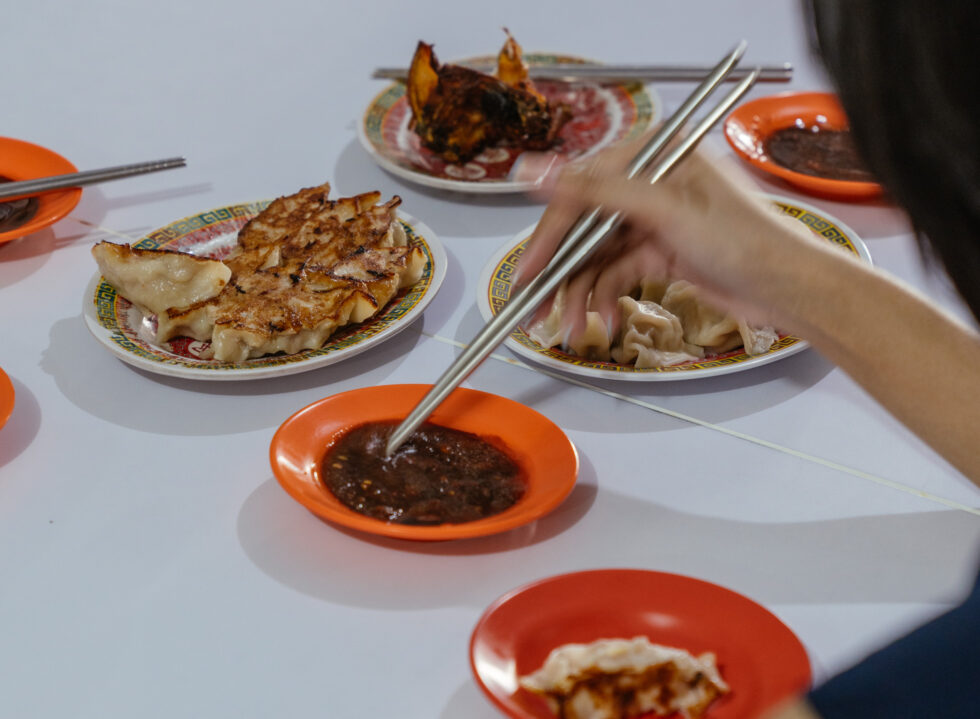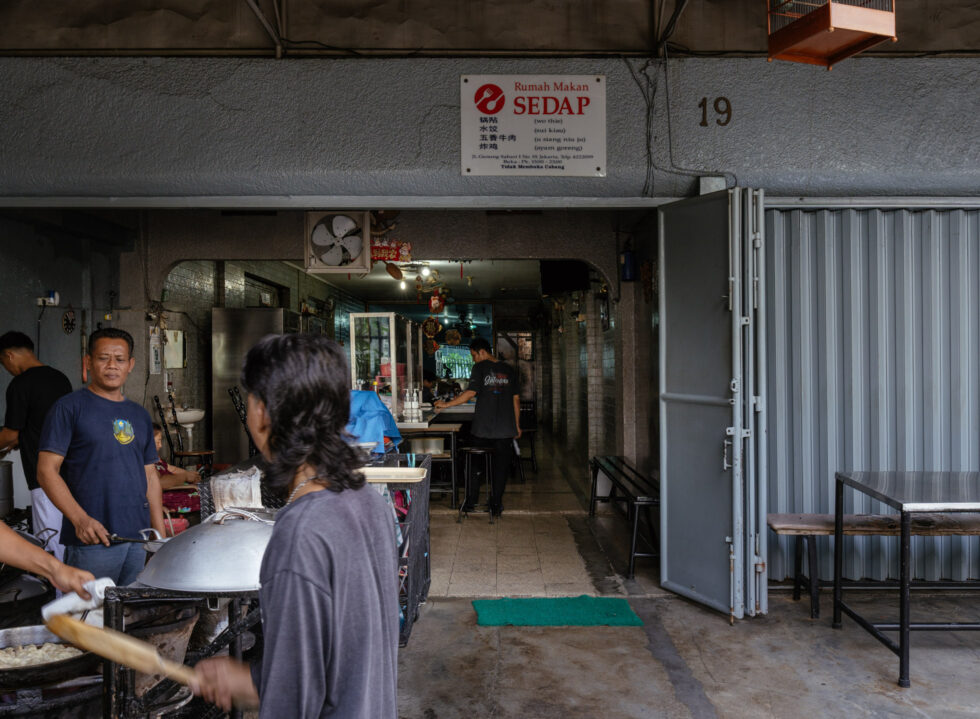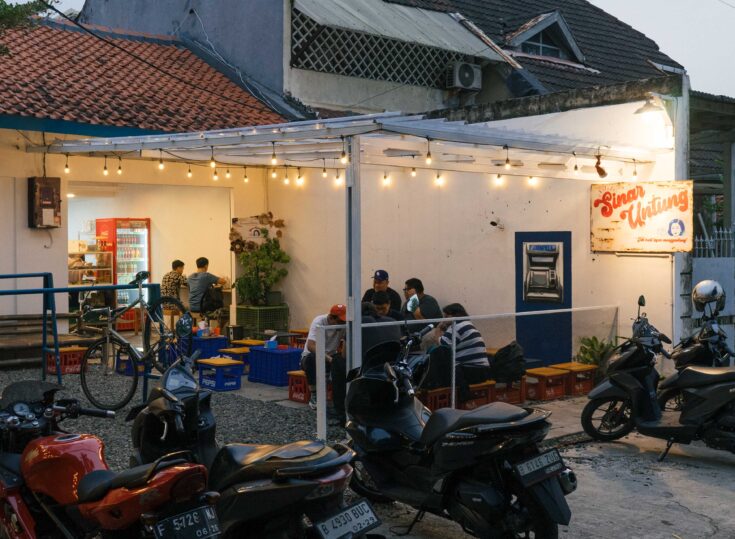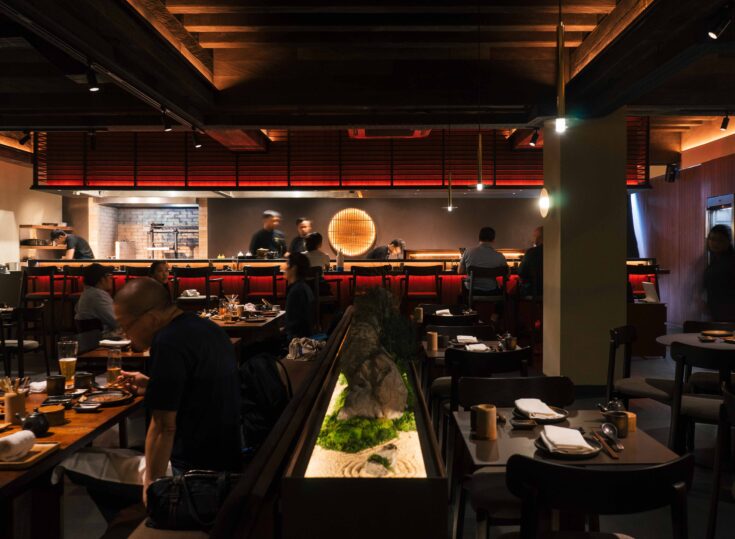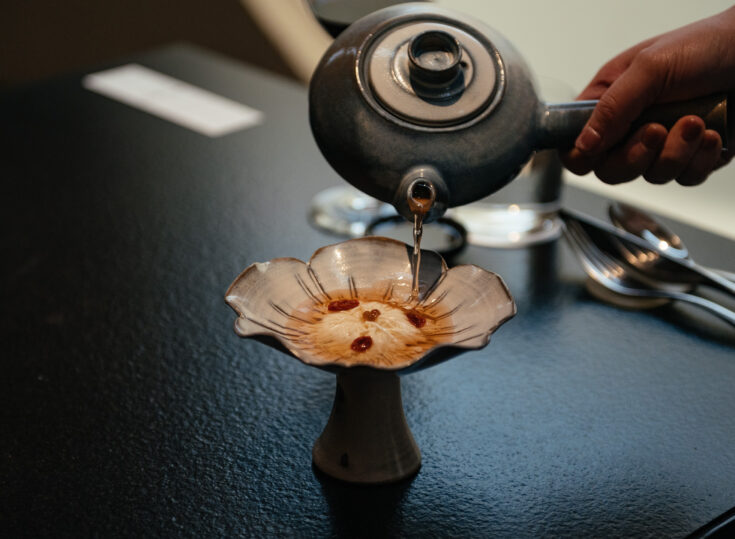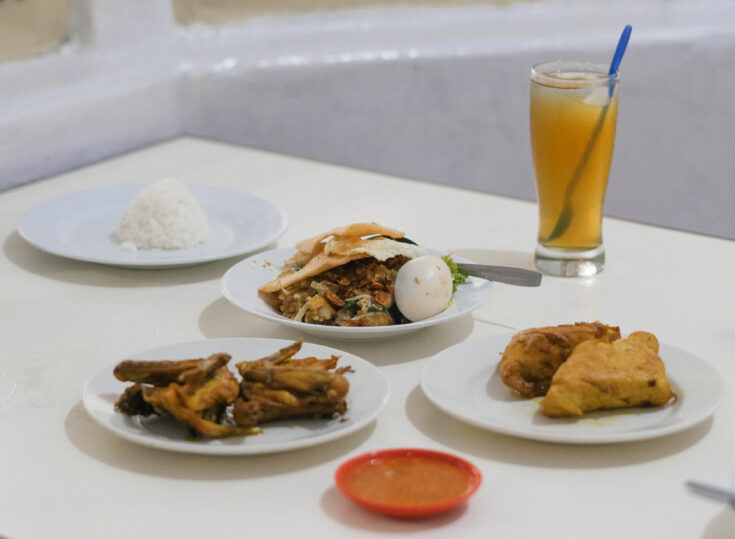The afternoon was quiet at Rumah Makan Sedap in South Gunung Sahari, Central Jakarta. Silence enveloped the dining hall, broken only by the chirping of pet birds. Rows of communal tables stood empty. A line of woks sat unmoved on their respective stoves by the entrance. A decor saying “Merry Christmas” remained stuck on the grey tile walls—unclear from what year, exactly.
“Every day is like this, it has been that way since the pandemic,” noted one of the owners Lew Meij Jing. When one spends so much time in the busier commercial areas in the city, it’s easy to overlook the long-term impact of the pandemic; businesses like hers exist in the quieter districts, prevailing persistently through loyal regulars.
In the case of Rumah Makan Sedap, its reputation sustains them. Having been around since 1956, the family-owned eatery maintains its spot in the city’s culinary discussions via word of mouth between friends and families as well as first-hand written accounts on the internet, all attracted by one simple Chinese dish: guotie (or Wo Thie as written on the menu).
Crisp on the bottom and soft everywhere else with tender and juicy pork fillings, the pan-fried dumplings go down easily in one bite. Not as smoky as longtime regulars might expect them to taste—most likely lost in the eatery’s switch from charcoal to gas stove—but they still burst with flavours that have kept people returning and willing to pay above the market price for each portion.
Dumplings also come in the form of suikiaw, where instead of fried, they are boiled inside a wok, producing a succulent exterior as well as interior. Whichever dumpling one chooses, the dipping sauce rounds up the flavours. Servers mix them at the table, combining more components than one typically sees; it includes minced garlic, chilli sauce and paste, sesame vinegar as well as soy sauce—and if preferred, there is the option of further customising the combination with ingredients provided within reach.
With the simple yet satisfying fare on the table, Rumah Makan Sedap can unwittingly grow on you. The five-item menu is not lacking but a novelty that exudes confidence in what they serve. The nonchalant serving style is not dismissive but a chance for diners to savour their meal without being showered with attention. Even the quietude, at first intimidating, can be something that one settles into upon slowly finding comfort at the longstanding eatery.
